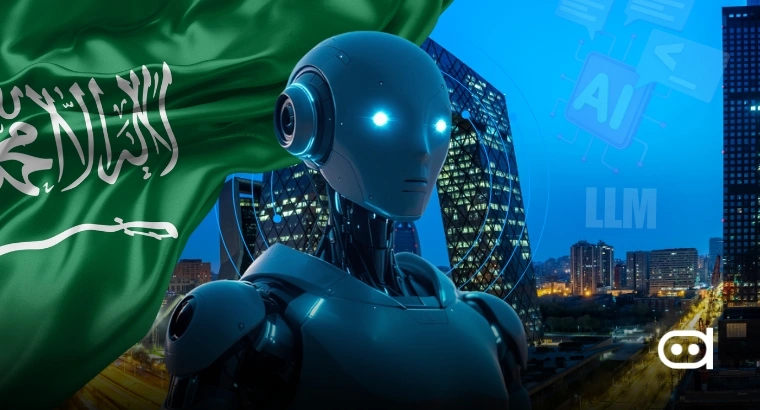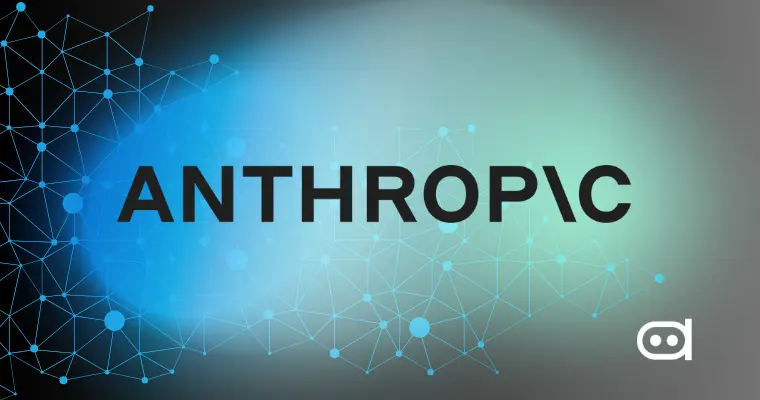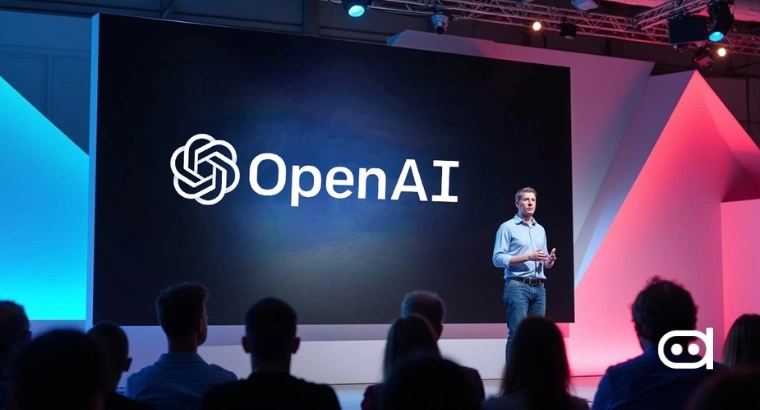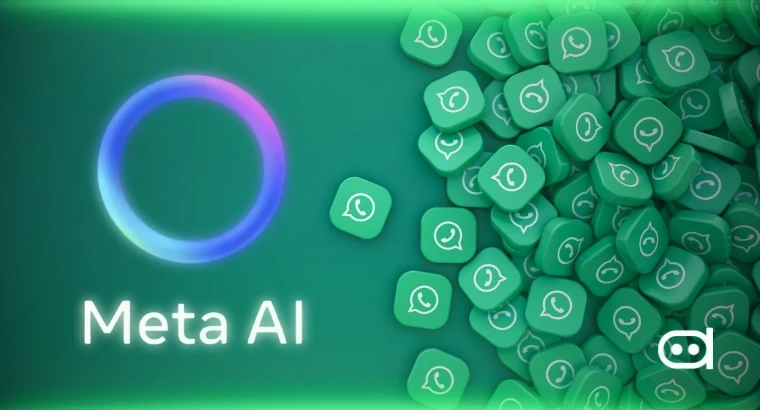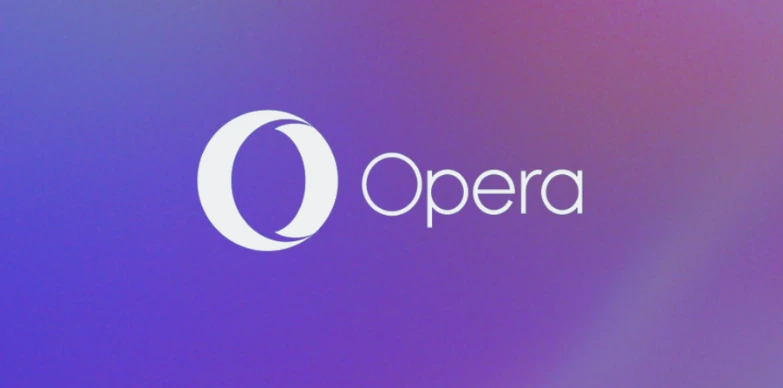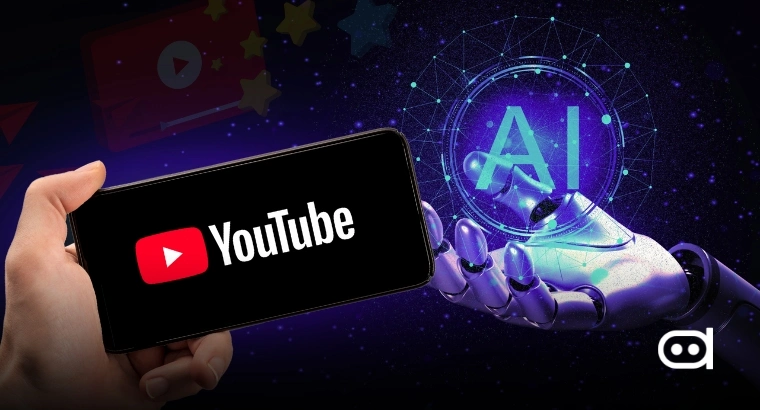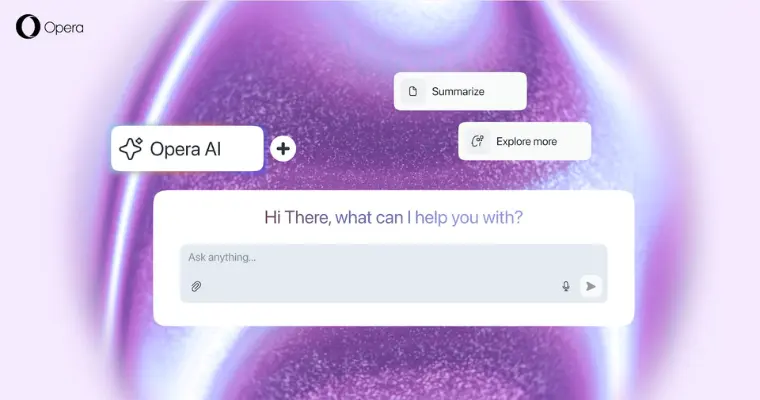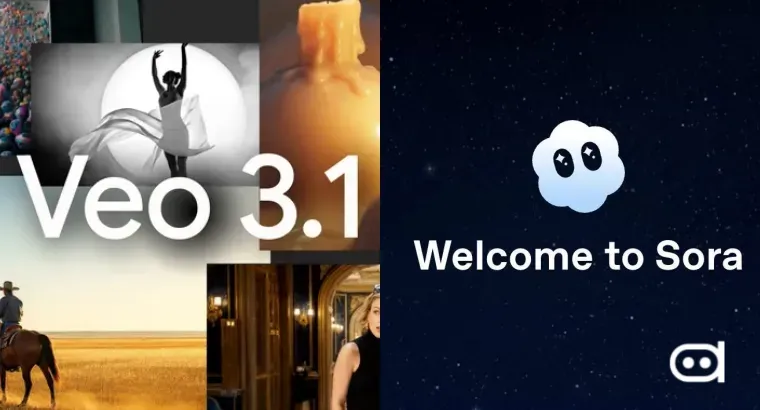
Key Highlights:
- Veo 3.1 can generate hyper-realistic videos up to 8 seconds.
- OpenAI’s Sora 2 allows you to generate 15-second videos in the free version.
- Veo 3.1 offers more clarity and details, while Sora 2 has better video physics in movements.
Google release of Veo 3.1 is not just a regular launch, it’s a response statement from the company to OpenAI’s Sora 2 that quickly game the most trending AI app on the Apple App Store. The latest version of Veo brings support for advanced editing features like removing objects from a video, along with audio generation. While it still lags behind Sora in maximum video duration limits, Veo aims to bring a more realistic video generation experience. Here’s a quick comparison on what you get in Veo 3.1 and Sora 2.
Google Veo 3.1: What’s New?
The highlight of Veo 3.1 is the ability to extend the duration of your existing video along with audio. Google has also upgraded the video engine to make the final result more realistic. You can also set the starting and ending frame of the video, to get a more accurate representation onf your idea. In simple words, Veo 3.1 allows you to think like a movie director, and bring your ideas as close as possible to reality. It can also remove a certain object from a moving video, just like how you use the Magic Eraser in Google Photos.
It is available in Google Flow, Google Vertex AI, and the Gemini API. There’s also limited availability directly in the Gemini app, but it requires a Google AI Pro subscription.
Meet Veo 3.1 👋
— Google AI (@GoogleAI) October 17, 2025
With Veo 3.1, you can generate videos with richer audio, better narrative control, and enhanced realism. This new update also comes with a suite of additional features built for creative control.
Including the ability to:
— Extend your videos to make them longer… pic.twitter.com/WMH9TQH0w5
Google Veo 3.1 vs Sora 2: Which is Better?
Video generation is a subjective topic where it’s difficult to draw a winner purely based on output. Since the process involves the use of machine learning and diffusion, you won’t get the same result even if you use the same prompt. Let’s first have a look at the features that you get in Veo 3.1 and Sora 2:
| Parameter | Veo 3.1 | Sora 2 |
| Maximum Duration | 8 seconds | 15 seconds (free) 25 seconds (Pro) |
| Resolution | Up to 1080 (depending on video) | 720p (free) 1080p (Pro) |
| Audio Support | Yes | Yes |
| Extra Features | – Remove objects – Select starting and ending frame – Convert image to video | – Accurate physics recreation – Storyboarding – Upload your own video – Community platform to share |
| Video extension | Yes | Yes |
| Free Access | Country Specific | Yes |
| Availability | Google Flow Google Cloud Vertex | Sora iOS app Sora website |
It is clear why Sora 2 has emerged as the most trending application on the App Store, as it clearly outranks Veo 3.1 in terms of raw features. Sora supports longer duration (even in the free version), advanced features where you can record yourself and swap the background, and a community where you can see videos from other users and upload yourself.
Even though Veo 3.1 is the newer tool between the two, Sora 2 continues to have a lead, and it looks difficult for Google to beat OpenAI with these limitations. The availability of Veo directly in Gemini is also limited, and users have to sign up on Flow and Vertex to get the full functionality. Sora makes it easy with its iOS app, offering almost an Instagram-like experience that is more user friendly.
Coming to the video quality, the internet is getting filled with Sora generated videos, that look ultra-realistic. It does leave a Sora watermark to prevent the misuse of the tool, but to most extent, the accuracy of Sora 2 is such that its difficult for the untrained eye to identify that its AI generated. Currently, the samples of Veo 3.1 are quite limited on the web as the tool is relatively new, with limited access.
Sora 2 delivers.
— Bilawal Sidhu (@bilawalsidhu) September 30, 2025
It nails accents, aesthetics, and actually has comedic timing.
My initial tests making AI videos across a variety of styles 👇 pic.twitter.com/KgrKYwI2WW
From what we have seen so far, Veo 3.1 does include lot more details in its videos, compared to Sora 2. However, this comes at the cost of reduced duration, where OpenAI offers up to three times longer videos. This has more to do with the processing capacity, and we can expect Google to inrease the limit in the upcoming weeks, but until that happens, OpenAI does have an edge.
To sum it up, if you want short but ultra-realistic looking videos, then Veo 3.1 is a better tool. If you are looking for something more versatile with longer limits and user-friendly inrterface, then Sora 2 remains the top choice.
